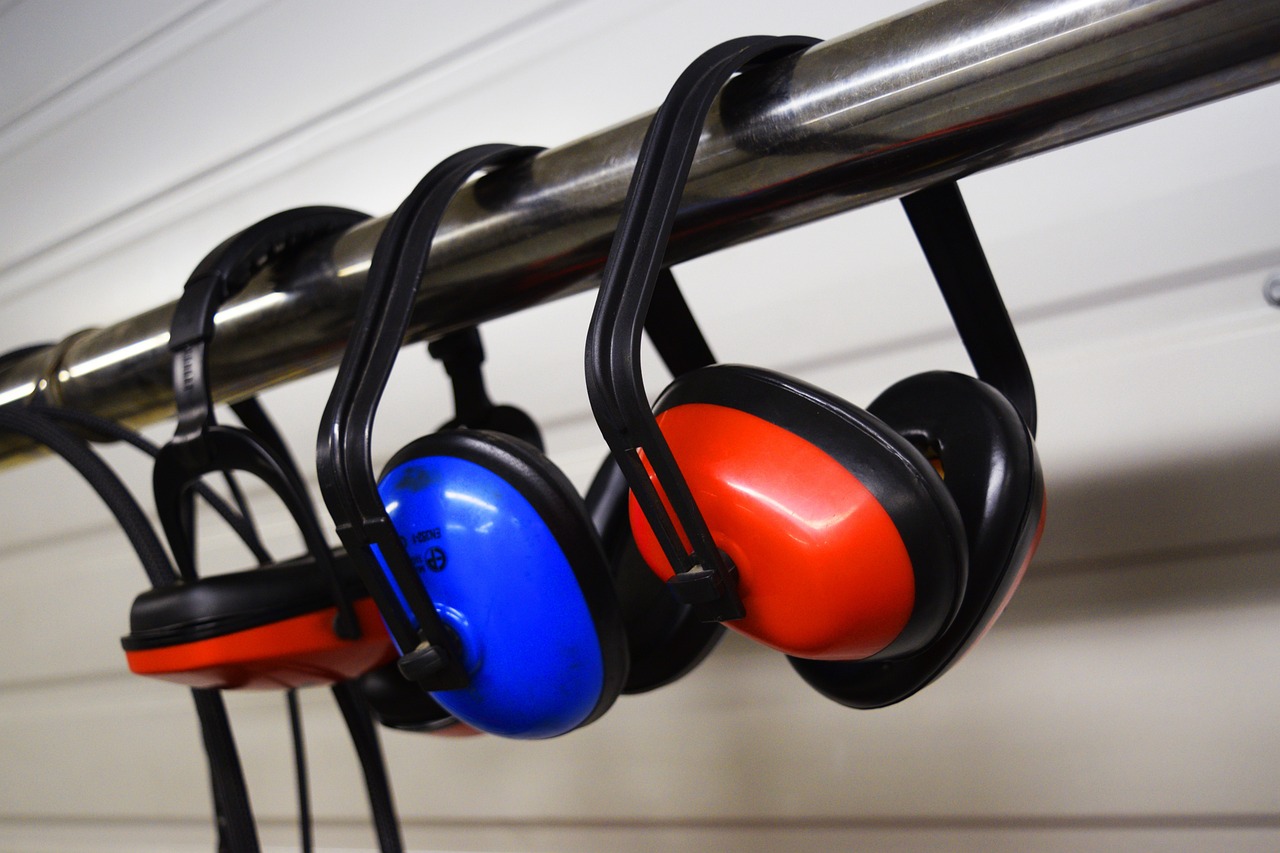Biofeedback Therapy: Harnessing Mind-Body Connections for Healing
Biofeedback therapy is a cutting-edge technique that enables individuals to harness the power of their mind-body connections for healing and overall well-being. This innovative therapy utilizes technology to provide real-time information about bodily functions, allowing individuals to gain greater awareness and control over their physiological processes.
The Basics of Biofeedback Therapy
Biofeedback therapy works by measuring various physiological parameters such as heart rate, muscle tension, skin temperature, and brainwave activity. This information is then fed back to the individual in the form of visual or auditory cues, enabling them to learn how to regulate these bodily functions voluntarily.
By receiving immediate feedback on their physiological responses, individuals can learn to recognize and modify these responses to achieve a state of balance and relaxation. Biofeedback therapy is typically conducted in a clinical setting under the guidance of a trained healthcare professional.
How Biofeedback Therapy Works
During a biofeedback therapy session, sensors are attached to the individual’s body to monitor specific physiological parameters. These sensors are connected to a biofeedback machine that translates the data into visual or auditory feedback that the individual can perceive.
For example, if a person is undergoing heart rate biofeedback, they may see a visual representation of their heart rate on a computer screen. Through relaxation techniques such as deep breathing or visualization, the individual can learn to lower their heart rate and observe the corresponding changes on the screen in real-time.
The Benefits of Biofeedback Therapy
Biofeedback therapy has been shown to be highly effective in treating a variety of conditions, including:
- Anxiety and stress-related disorders
- Migraines and tension headaches
- Chronic pain conditions
- High blood pressure
- Insomnia and sleep disorders
By helping individuals gain greater control over their physiological responses, biofeedback therapy can improve symptoms and enhance overall well-being. It can also be used to enhance athletic performance, manage stress, and promote relaxation.
Types of Biofeedback Therapy
There are several different types of biofeedback therapy, each focusing on a specific physiological parameter:
- Electroencephalography (EEG) biofeedback: Measures brainwave activity and is used to treat conditions such as ADHD, anxiety, and depression.
- Heart rate variability (HRV) biofeedback: Monitors heart rate patterns and can help improve cardiovascular health and reduce stress.
- Electromyography (EMG) biofeedback: Measures muscle tension and is commonly used to treat tension headaches, fibromyalgia, and TMJ disorders.
- Temperature biofeedback: Monitors skin temperature and can be used to improve circulation and reduce stress.
FAQs
1. Is biofeedback therapy safe?
Yes, biofeedback therapy is considered safe and non-invasive. It is typically well-tolerated by individuals of all ages and can be used as a complementary treatment alongside conventional medical interventions.
2. How many sessions of biofeedback therapy are needed to see results?
The number of biofeedback therapy sessions needed can vary depending on the individual and the condition being treated. Some individuals may experience benefits after just a few sessions, while others may require more extensive treatment to see significant improvements.
3. Can biofeedback therapy be used in combination with other treatments?
Yes, biofeedback therapy can be used in combination with other treatments such as medication, psychotherapy, or physical therapy. It is often integrated into a comprehensive treatment plan to address the multiple factors contributing to a particular condition.







